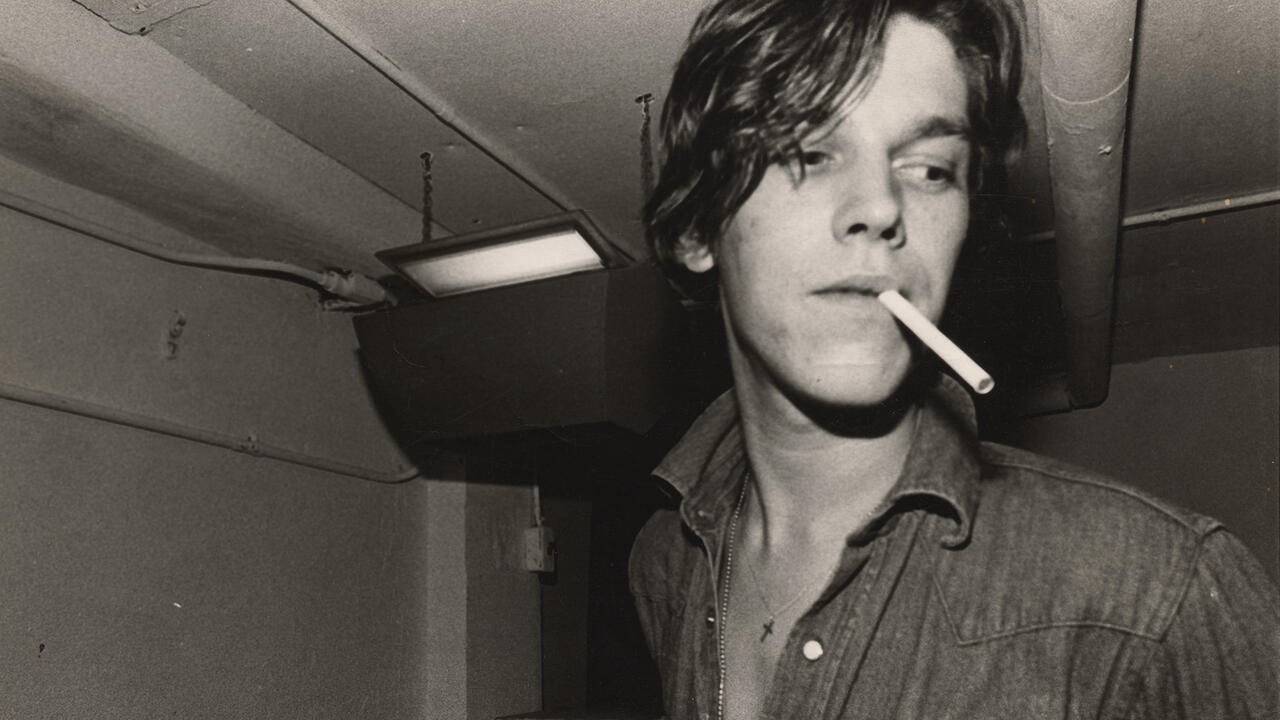Siah Armajani
Rossi & Rossi, Hong Kong
Rossi & Rossi, Hong Kong

Totalitarian architecture and public art often excel in dwarfing humans in a bid to impress upon citizens their submission to the state. These structures often project long shadows – imposing themselves on both man and nature – but offer no place to rest. In contrast, the architecture and public art of the Iranian-born American artist Siah Armajani embrace both grace and humility. His gazebos, bridges, houses and public walkways, though geometric and somewhat austere, are nonetheless inviting.
Presenting works that span seven decades of the artist’s practice, Rossi & Rossi Hong Kong has realized an ambitious show. The display ranges from works on paper – such as the sombre pencil series ‘Disaster of War (After Goya)’, drawn in response to the Iranian government’s crackdown on protests contesting Mahmoud Ahmadinejad’s 2009 re-election as president – to an extensive range of architectural models of Armajani’s public art installations (including bridges, loading docks and public reading rooms). There is often little to distinguish these maquettes from the artist’s sculptures except, perhaps, that the latter are more concerned with ideas than practical feasibility. In the 1994 bronze Street Corner No.2, for instance, one arched bridge balances upside down atop another with a house at the centre, simultaneously mobilizing the utilitarian ambitions of Russian constructivism and the aerodynamics of Italian futurism. The effect of the whole is an exhibition that resembles a retrospective in miniature and makes full use of a compact space.
The 1970 piece Bridge over a Tree – a small, mixed-media reproduction that sits alongside many other models on a long table in the middle of the gallery – recreates one of Armajani’s emblematic works. A 26-metre-long covered walkway built over a small tree in an otherwise empty field in Minneapolis. In the middle, two staircases form a triangle above the tree. The artist’s gesture – practically superfluous (the tree is not in anybody’s way) but technically elaborate (Armajani studied mathematics as well as philosophy) – draws attention to an otherwise unremarkable feature of the landscape. It also creates a space for the public that is at once utilitarian (the tree itself is too small to provide shelter from the rain), free-spirited and engaging.
In Armajani’s work, sobriety and aesthetic formalism produce an art that aims at inclusivity. The artist has always championed public art as a noble practice and his work is deeply engaged with philosophers who have written on this theme, above all Walter Benjamin, Fredric Jameson and Henri Lefebvre. He often directly refers or pays homage to the critical thinkers who have informed him, specifically in his ‘Tomb Series’ (1972–ongoing). In Written Berlin, Tomb for Dietrich Bonhoeffer and Walter Benjamin (2014–15), Armajani takes a drawn cityscape of early 20th-century Berlin and overlays it with quotations, in Farsi, from Benjamin’s memoir (Berlin Childhood around 1990, 1932–38) and Eric Metaxas’s 2009 biography of Bonhoeffer, written in the artist’s own calligraphic handwriting. The elements in this pictorial elegy seem to unfurl, scroll-like, to form a multi-perspective narrative, as if moving between different vantage points on an imaginary bridge.
Armajani’s work, like the poetry that occupies an important space in his life, is concerned with its place within the cosmos. The cultural context of each piece is intrinsic: in a sense, the essence of his practice is social. Each bridge, reading room and gazebo is thus conceptually related to the notion of democracy itself: a contemporary version of the agora, in which people can, and should, voice their opinions and collectively decide on their fate, or at least have space to do so.
Main image: Siah Armajani, Dictionary of Numbers (detail), 1957, mixed media on paper, 49 × 30 cm. Courtesy: the artist and Rossi & Rossi, Hong Kong

























